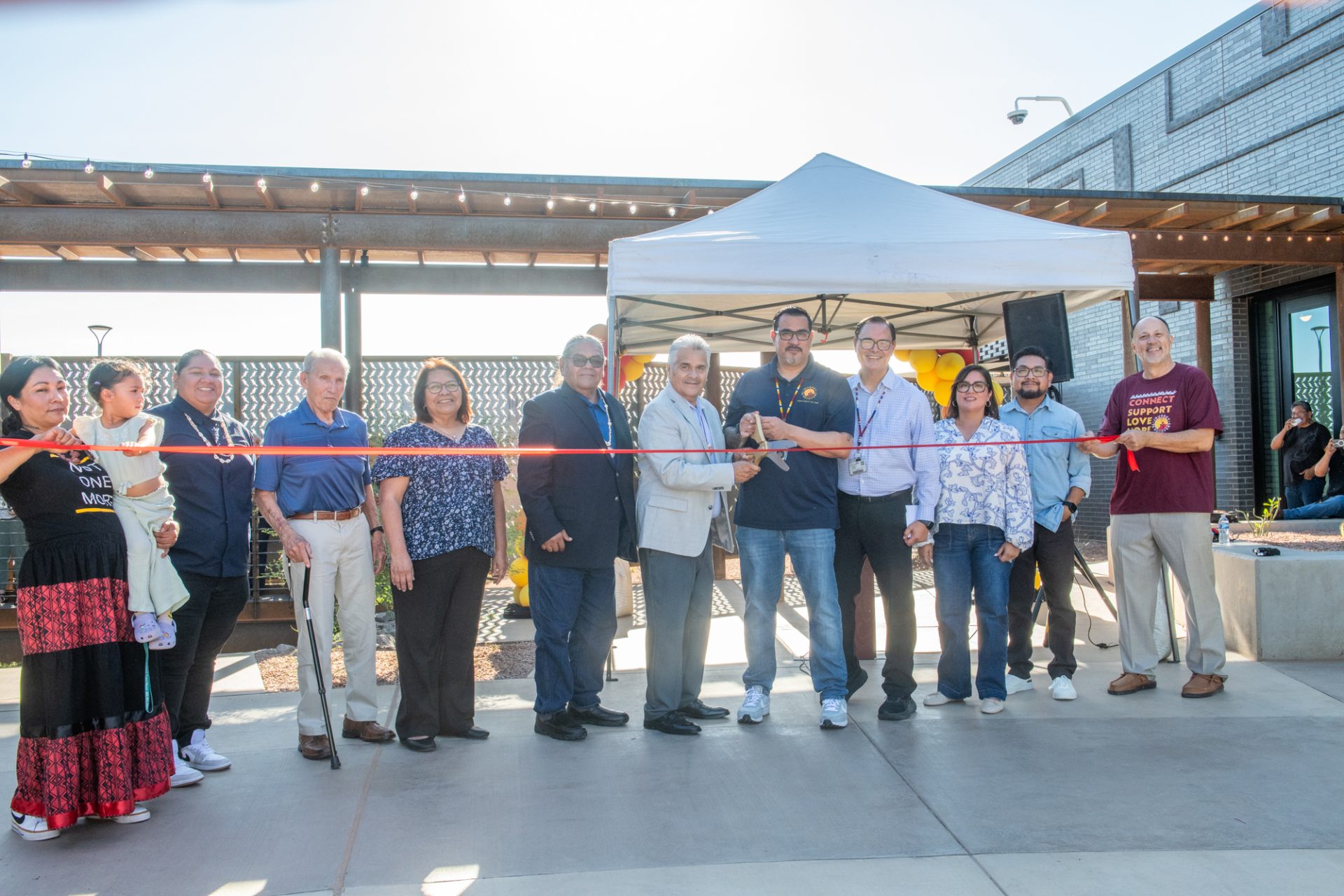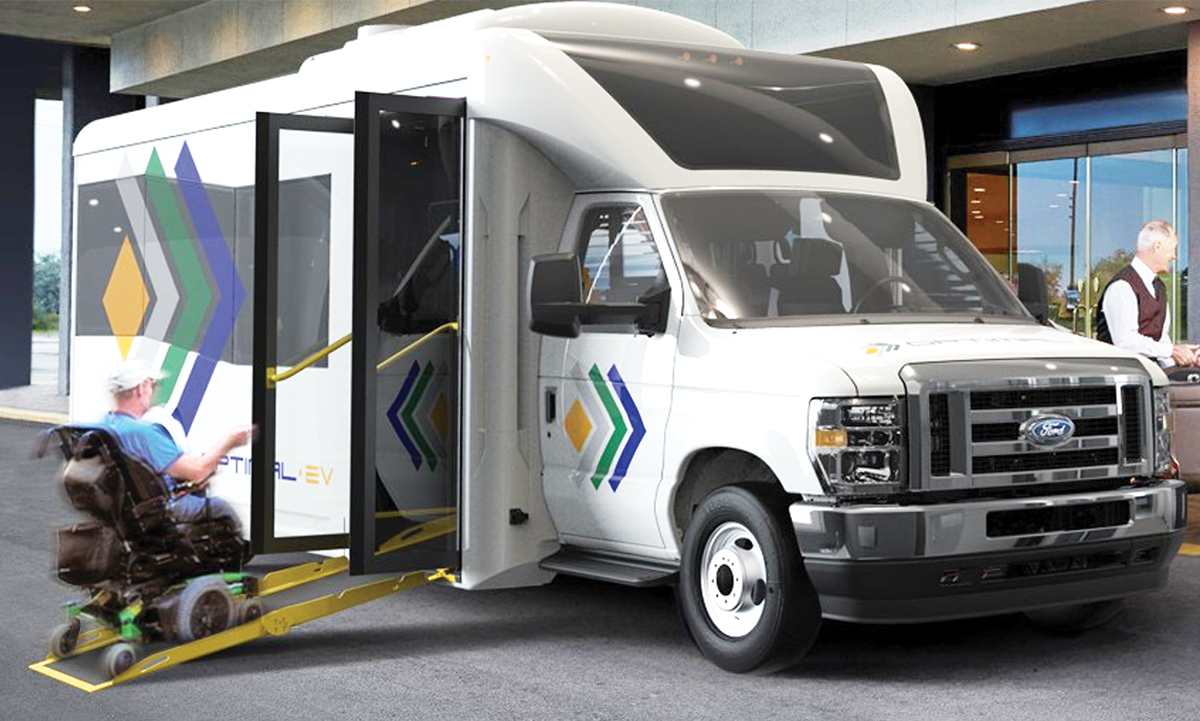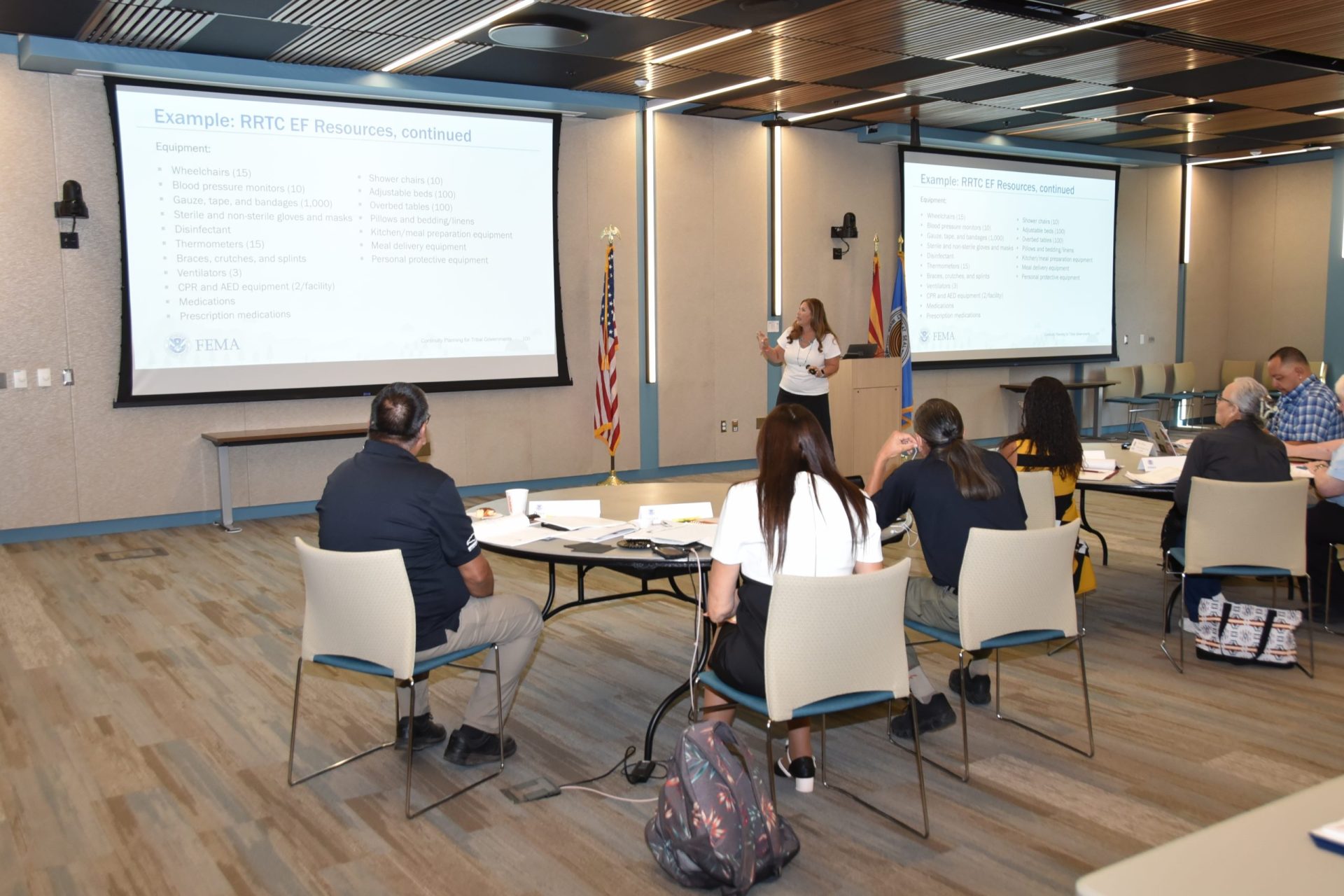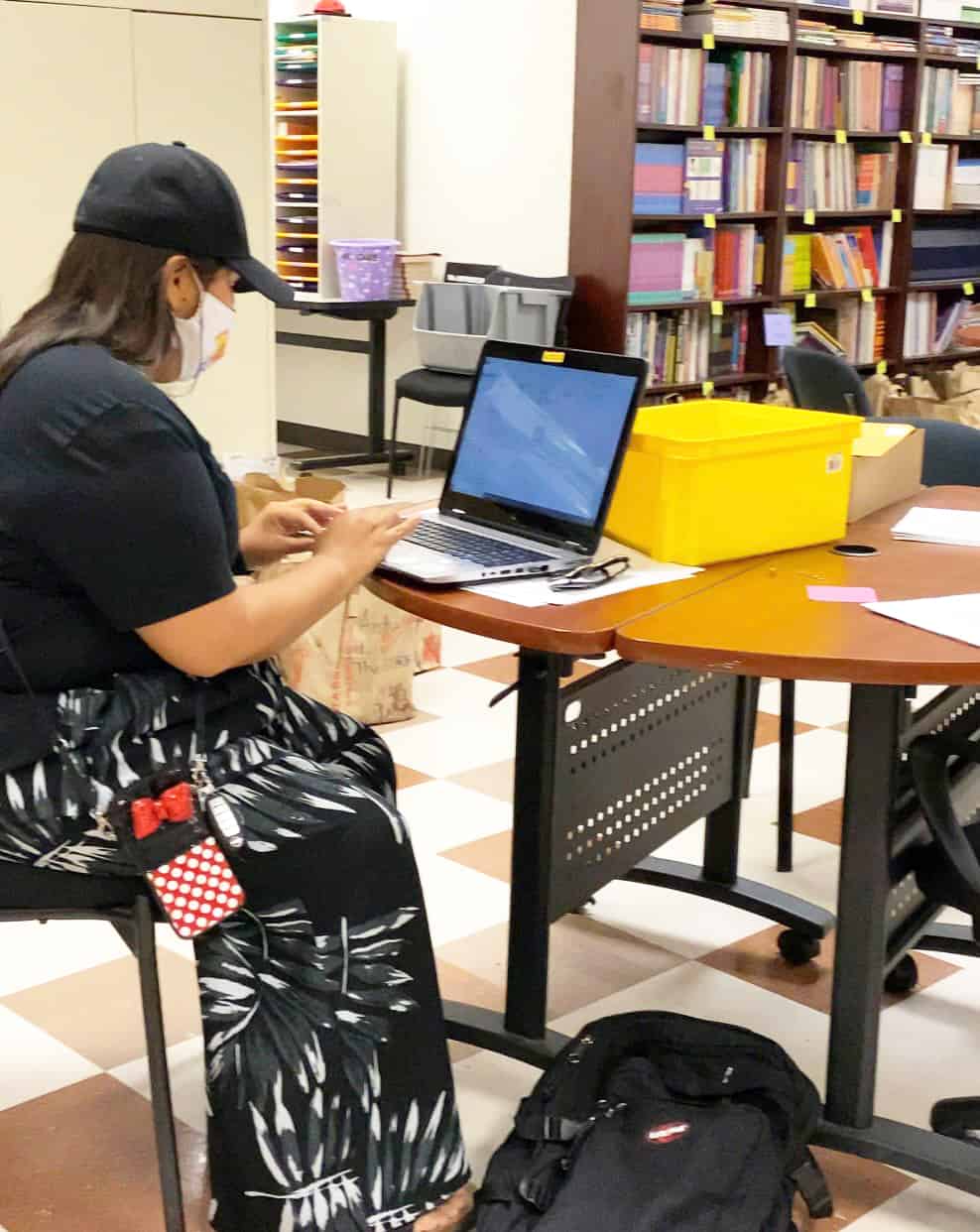VIEWS: 1235
September 19, 2025Journey to Recovery Opens Its New Doors
The new Journey to Recovery (JTR) treatment and rehabilitation facility in the Salt River Pima-Maricopa Indian Community officially opened its doors on September 8, beginning operations at about 70% occupancy through the end of the year and gradually scaling up to full capacity early in 2026.
Female patients were moved from the old facility to the new facility first. The men’s unit is scheduled to open soon, along with the detox unit. The last leg of the transition to the new facility is the opening of the crisis unit, which will take place in the first two weeks of November.
SRPMIC Health and Human Services (HHS) Chief Behavioral Health Officer Nathan “Nate” Velez said Community members will no longer have to leave the Community (because of previous waitlists and capacity issues) to receive high-quality, culturally grounded behavioral healthcare.
JTR now has more beds.
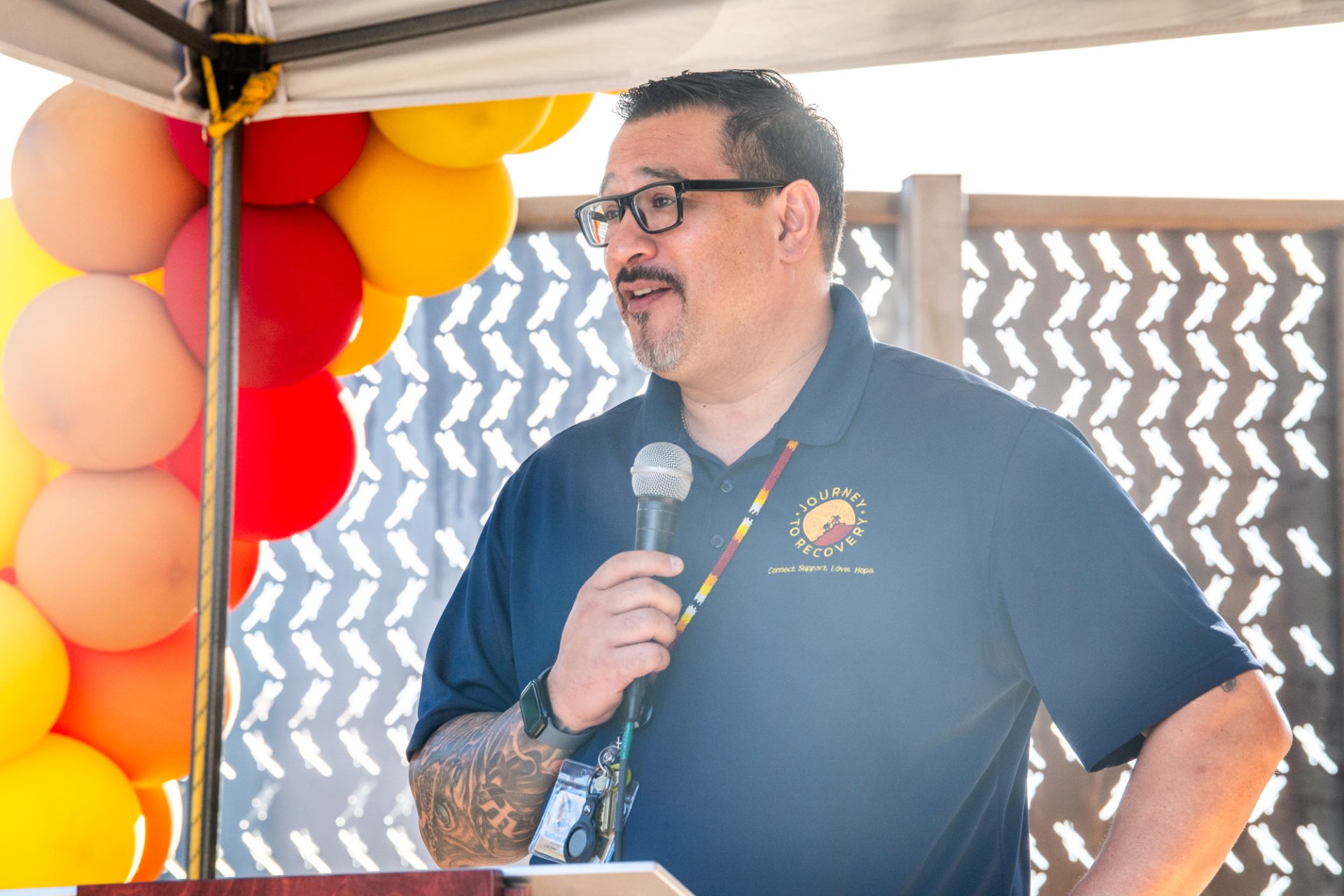
“This facility is more than treatment—it’s about restoring balance, dignity and connection,” said Velez.
“It strengthens families, reduces stigma and creates opportunity. It’s also designed to honor the culture and values of the Community while incorporating the best of evidence-based care.”
The JTR program and facility is for all American Indian/Alaskan Native patients.
Velez said it is an incredible feeling to finally have the new campus become a reality.
“This has been years of planning, design and collaboration with the Community. To see it finally standing, ready to serve our people, is both humbling and inspiring,” said Velez. “It represents not just a building, but hope, healing and a new chapter in behavioral health for the SRPMIC.”
The new JTR center spans about 50,000 square feet across multiple buildings. There are 10 detox rooms, 48 residential treatment beds, three crisis stabilization beds and four sober living homes.
According to Velez, living quarters are designed to be welcoming, trauma-informed spaces that balance privacy with community. Patients also have access to group rooms, cultural spaces, fitness and wellness areas, outdoor healing gardens and family spaces.
“Each building has a specific role in the healing journey,” said Velez.
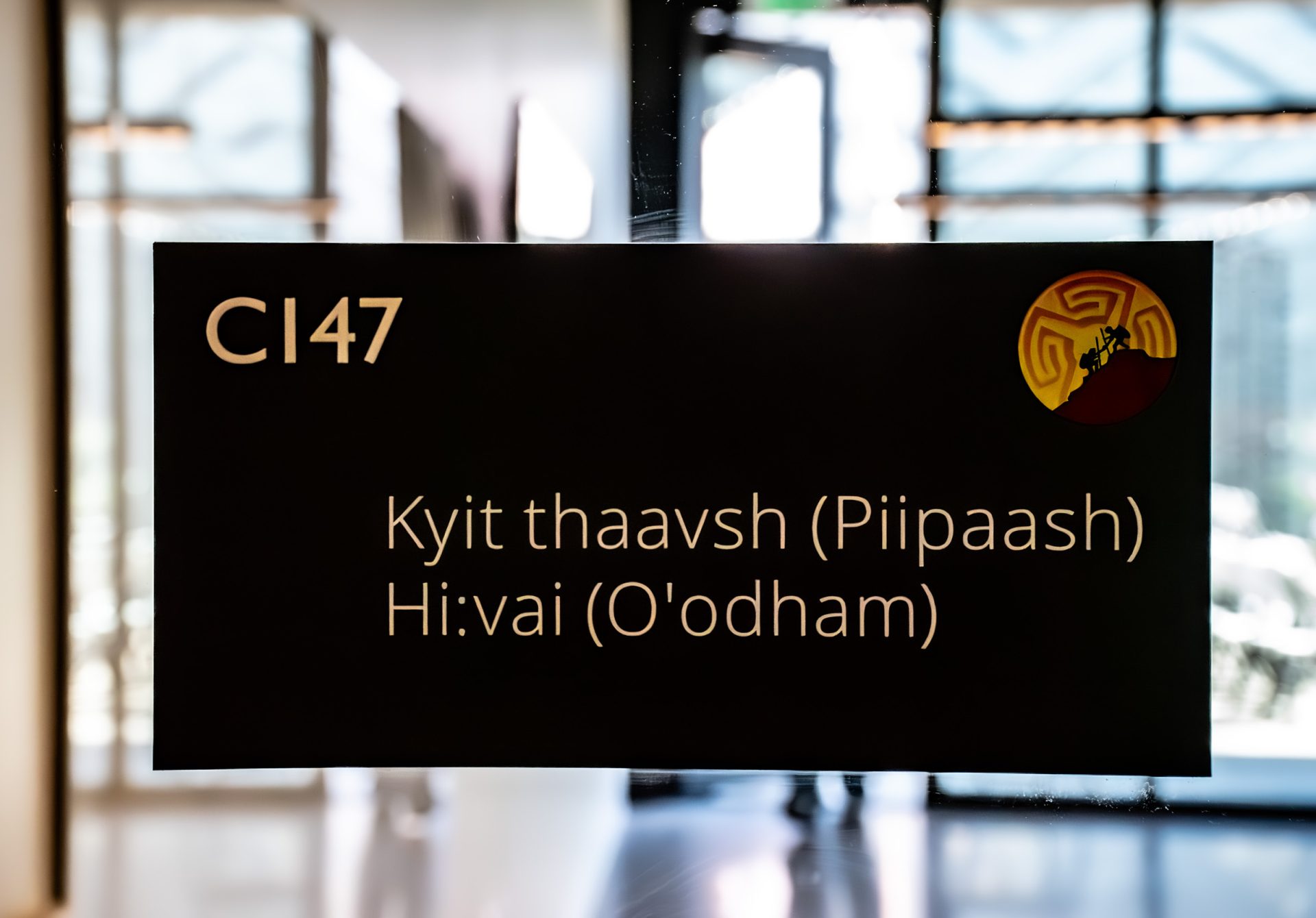
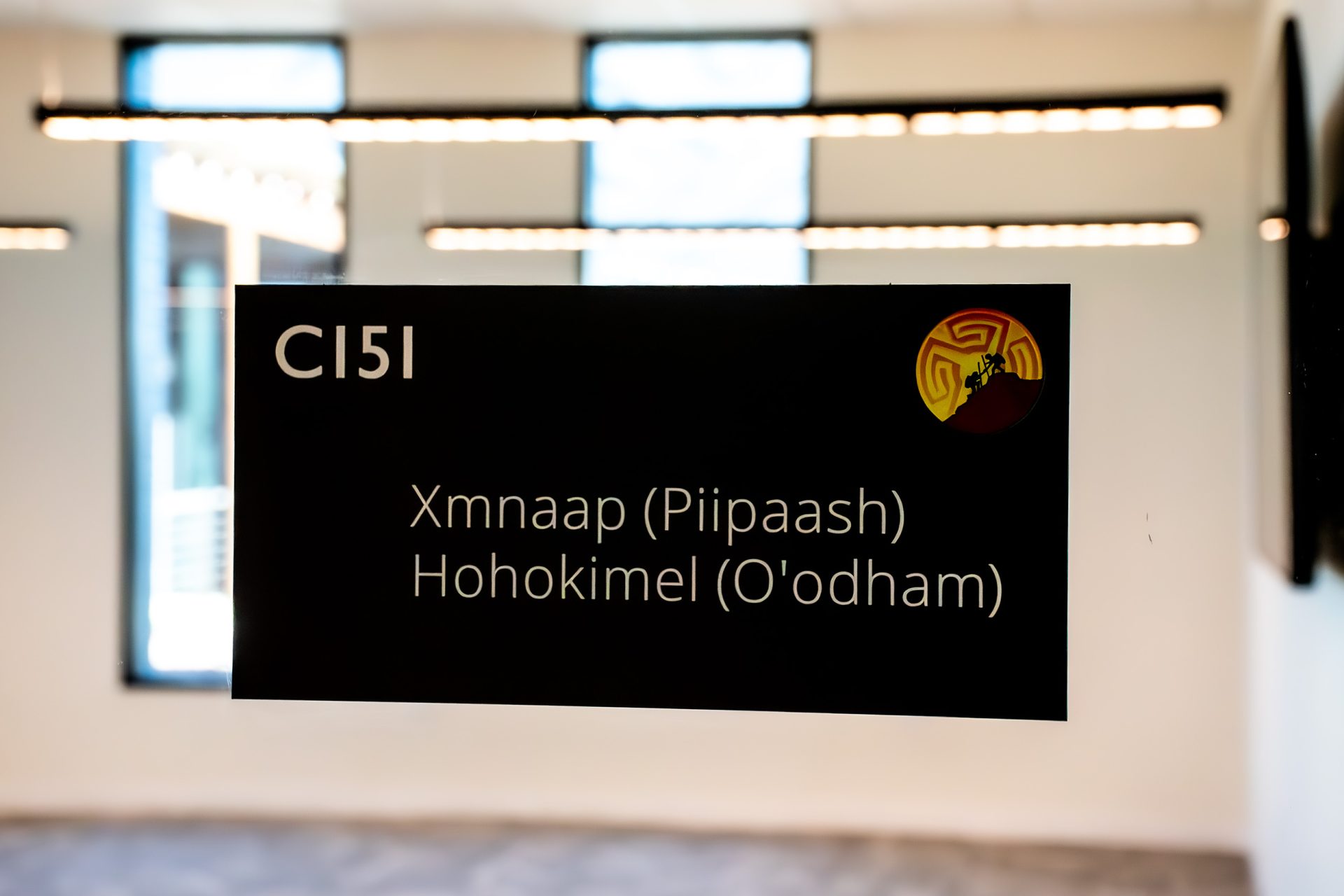
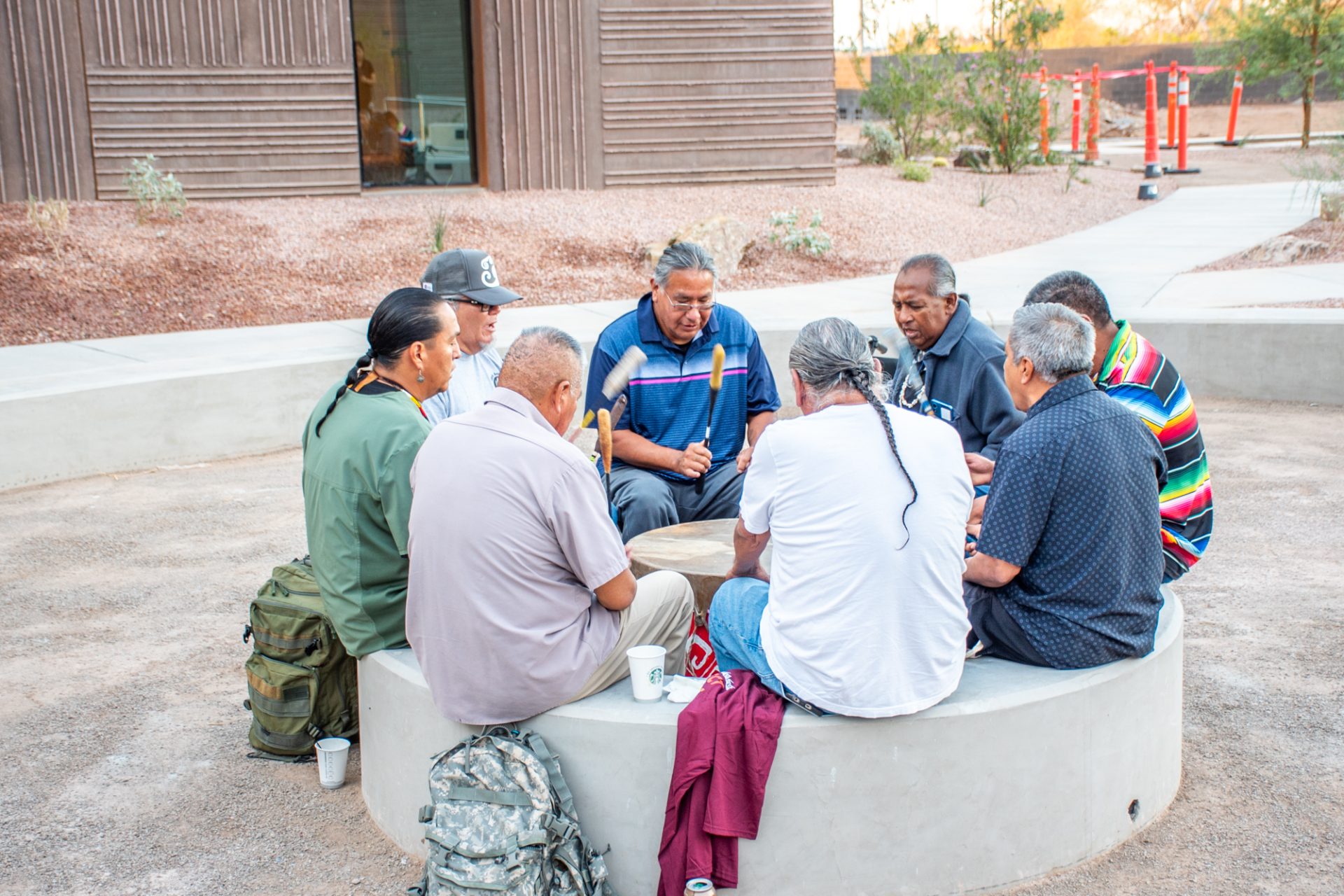
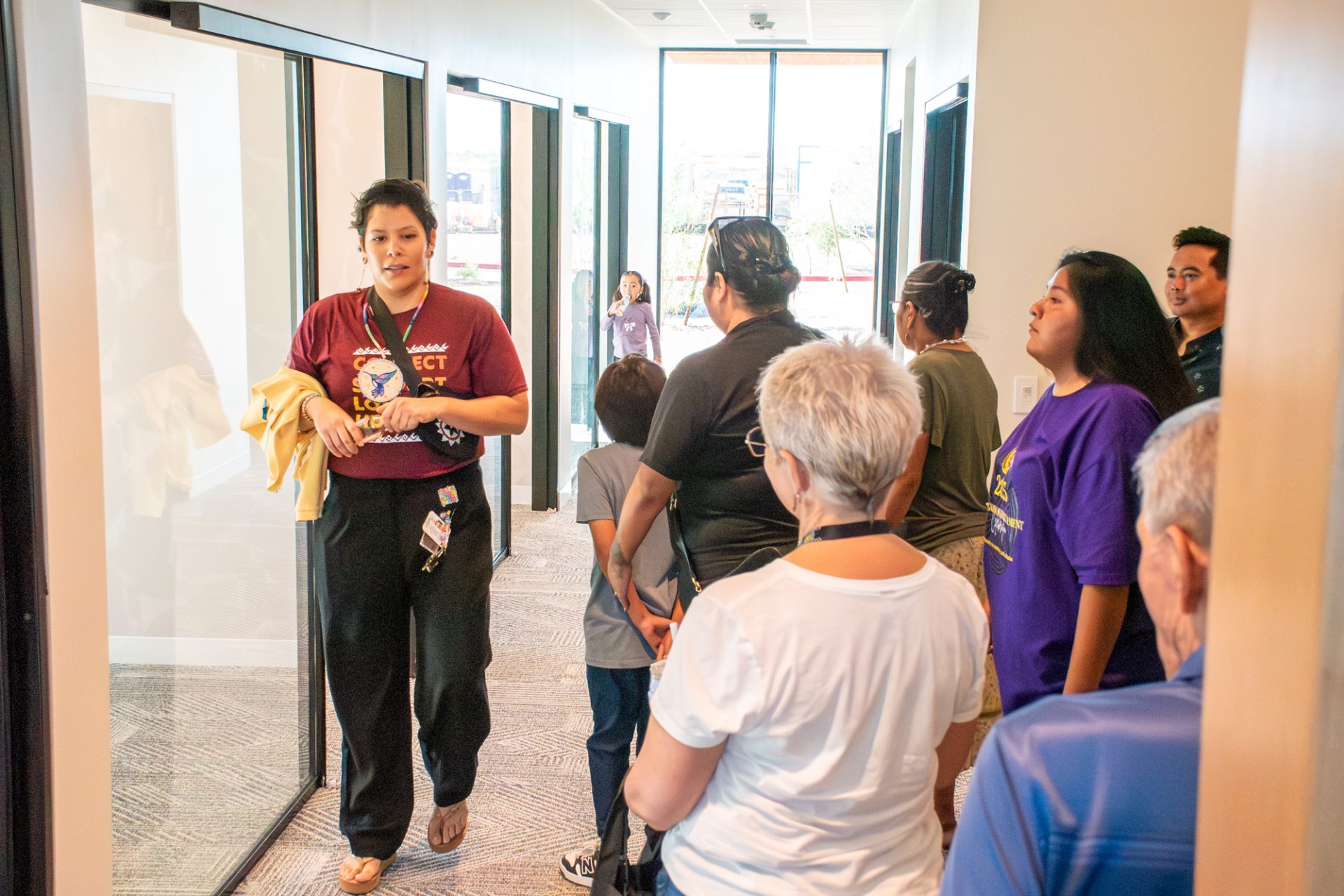
“Additionally, our sober living homes provide a step-down recovery environment in the Community.”
Building C focuses on detox and withdrawal management. Building B/C houses residential treatment. Building D is for outpatient, therapy and clinical services. Building C also hosts crisis stabilization.
Administrative and clinical staff are spread across the wings, depending on the level of care. Clinical teams such as counselors, nursing staff and peers are embedded directly in their program areas to stay close to patients. Leadership and support offices are centrally located to keep services coordinated and accessible.
Velez said that JTR is expanding its workforce significantly to accommodate the needs of the facility and the Community.
“We’ll have over 90 staff members across nursing, counseling, peer support, case management and administration,” said Velez.
“Many of these are Community members, which is something we are deeply proud of. We’ve been intentional about recruiting, training and building career paths for SRPMIC members in behavioral health.”
Velez continued, “I want the Community to know this facility belongs to them. It’s built from their voices, their needs, and with their future in mind. Our mission is simple: Connect. Support. Love. Hope. Every brick and every program here is guided by that vision.”
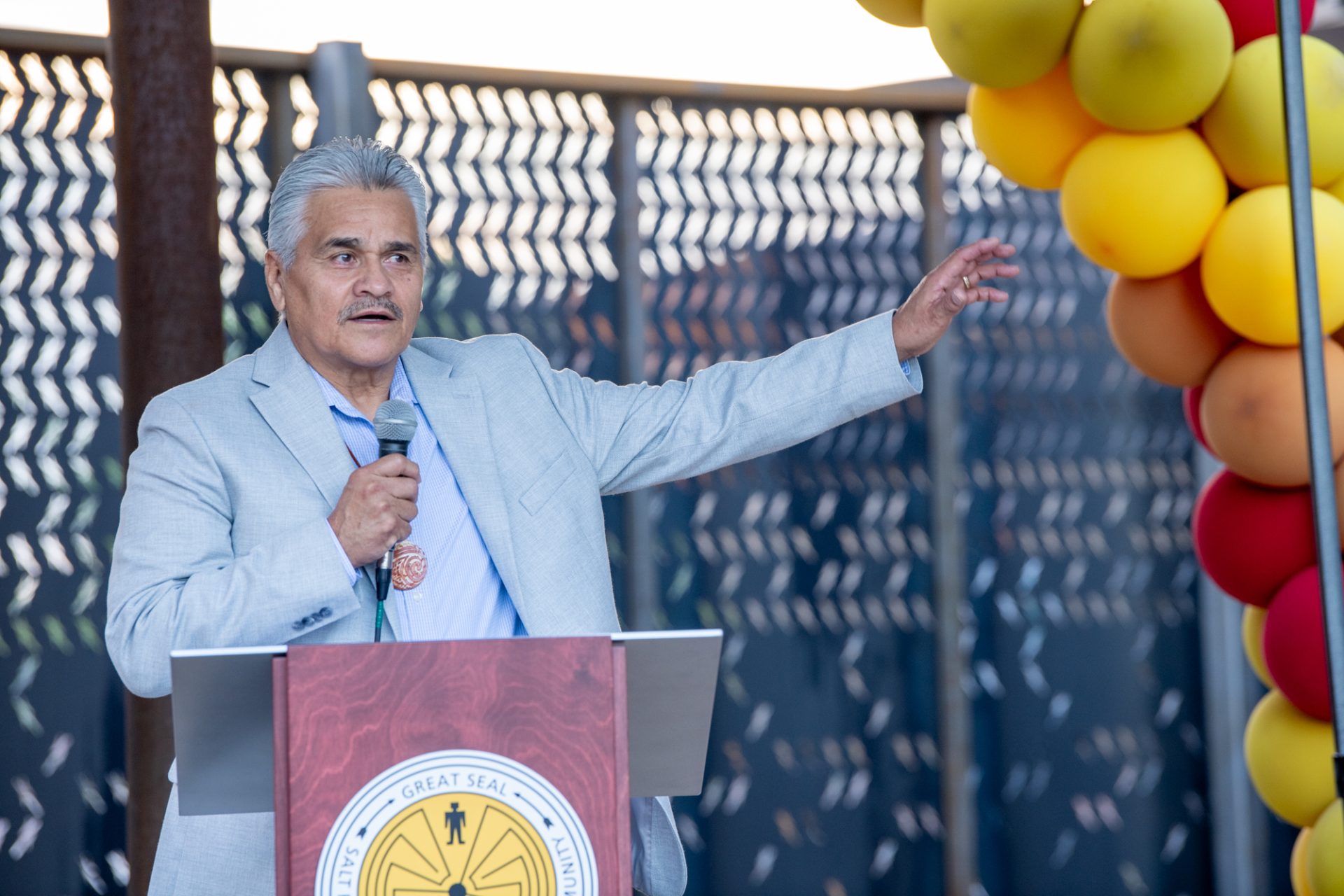
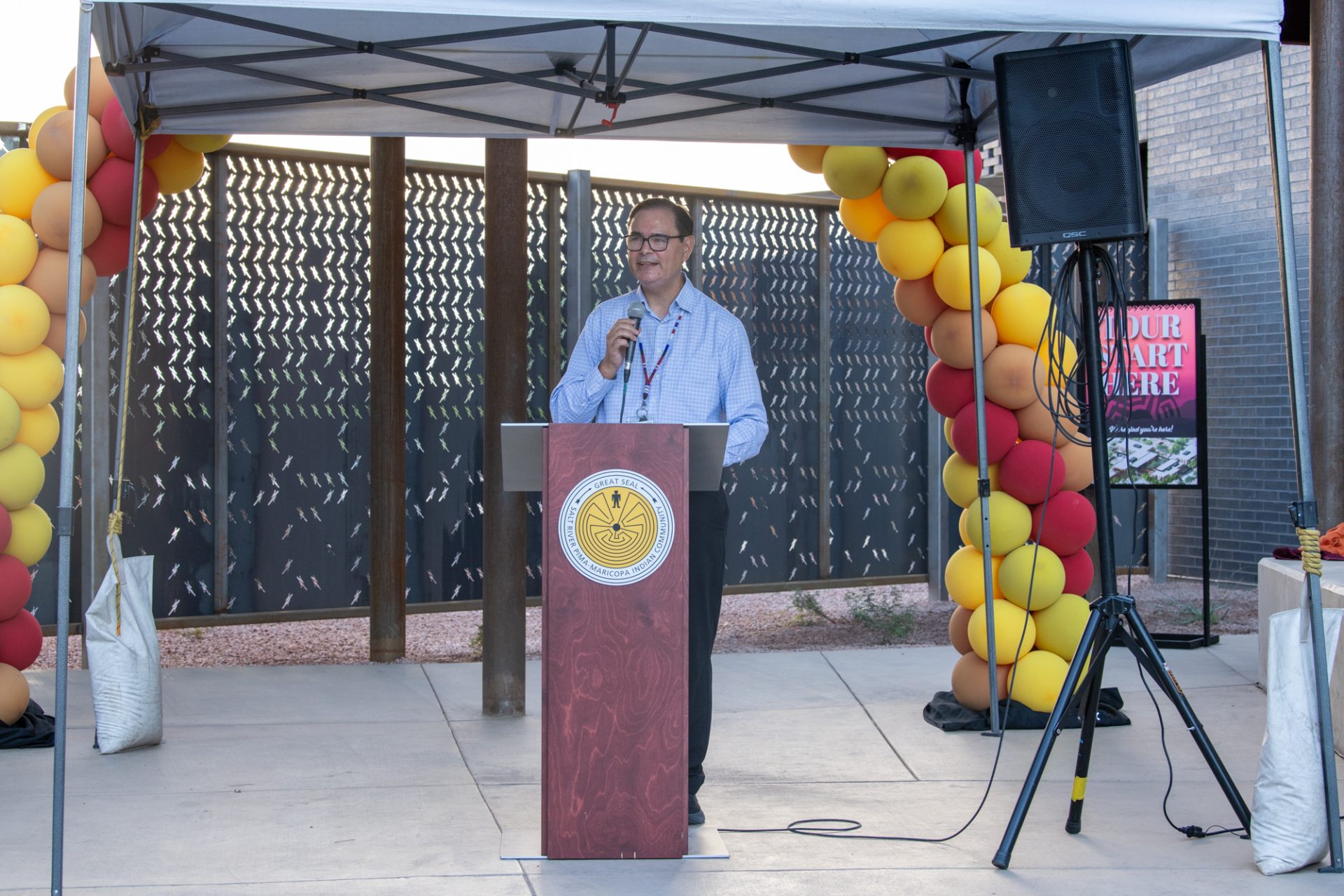
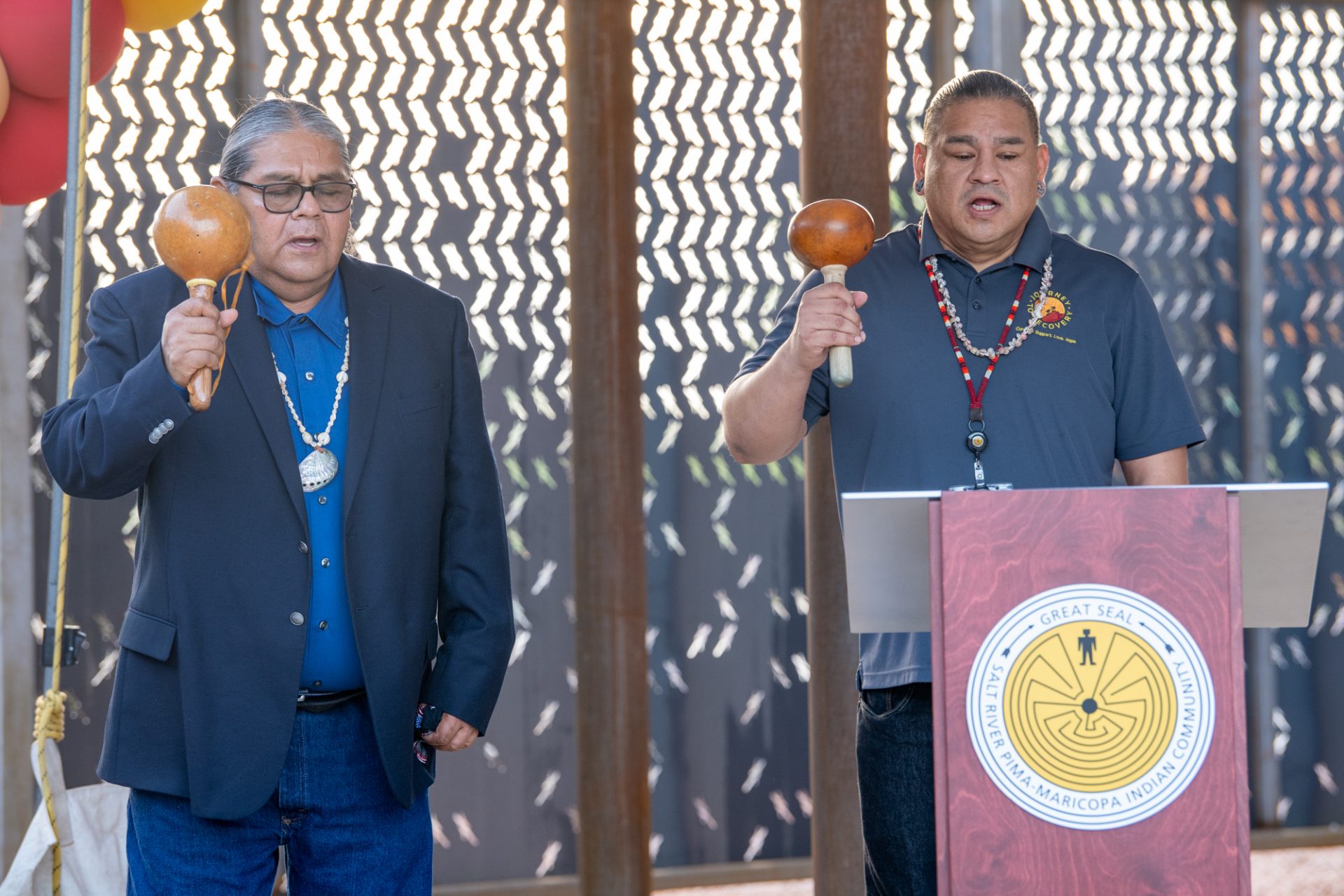
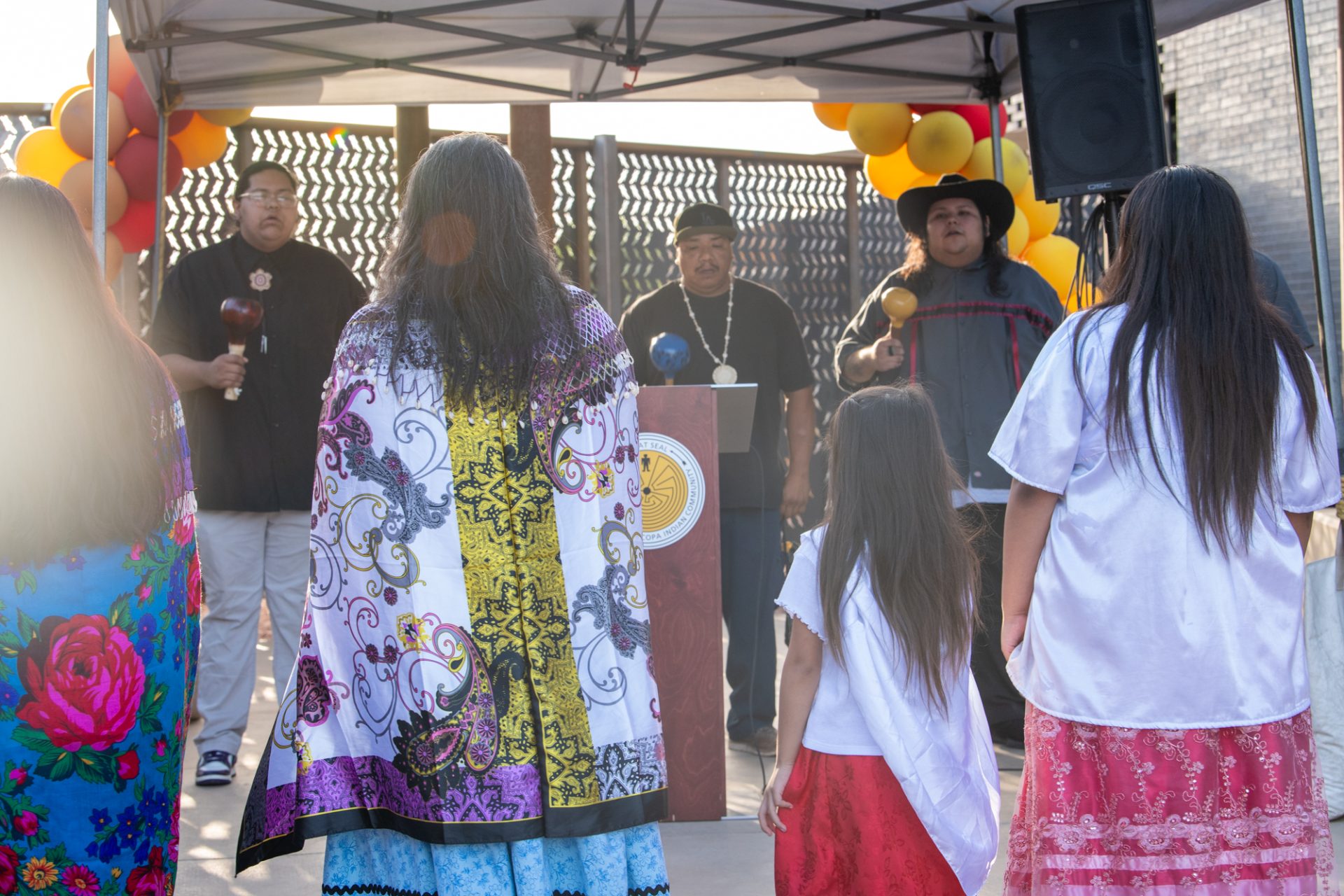
JTR Grand Opening Event
After a blessing of rain, the early morning sun rose on August 29 for JTR’s grand opening celebration of hope, healing and community.
A drum group performed in a circle on the west end of the campus as people began to arrive for the event. HHS Director Joseph Remitera was the emcee.
“This facility is on the front lines in our war against substance use,” said Remitera before reading a Council proclamation from April 2018 that helped lead to the facility coming to fruition.
Besides HHS staff, Remitera also thanked DLR Group, the facility’s architectural designer, and the construction team Au’ Authum Ki–Kitchell, a joint-venture partnership between Au’ Authum Ki, Inc. and Kitchell Contractors, Inc. of Arizona.
SRPMIC President Martin Harvier later took the lectern to recite a prayer and provide some encouraging words to new patients about the facility.
“We go through our lives, and you think about the Man in the Maze. When we start our life, there are certain times when we go through difficult times and experiences and we keep struggling and trying to eventually get to that center point when we go into our next life,” said Harvier. “Our whole life is filled with journeys.”
Harvier continued, “There were many other leaders before me who said the same thing: We need a rehab center here in our community. I’ve come to learn that you can’t just put a building up and expect it to work. You must have people that know how to work with others and how to try to heal people. That’s what it’s about. Healing people.”
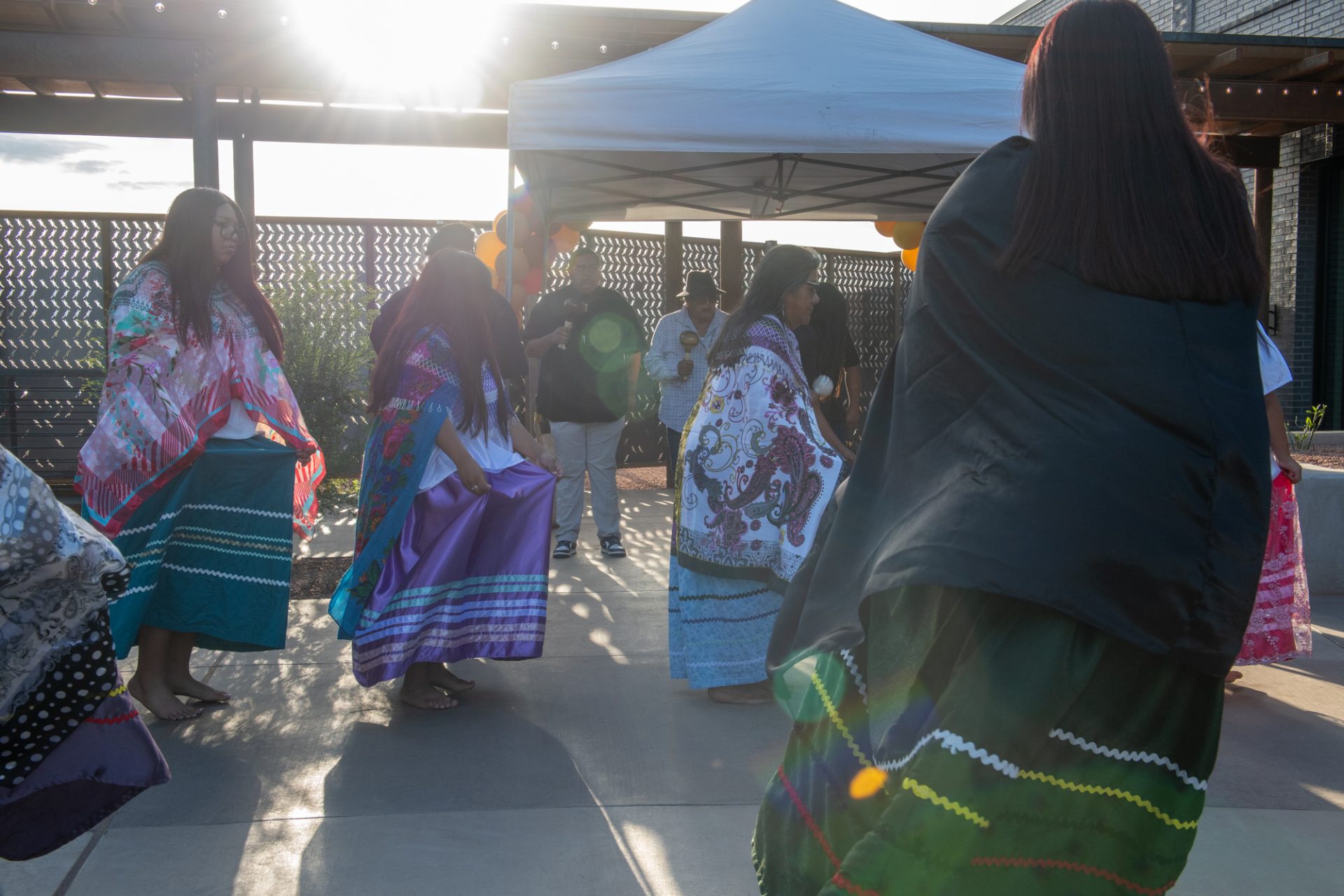
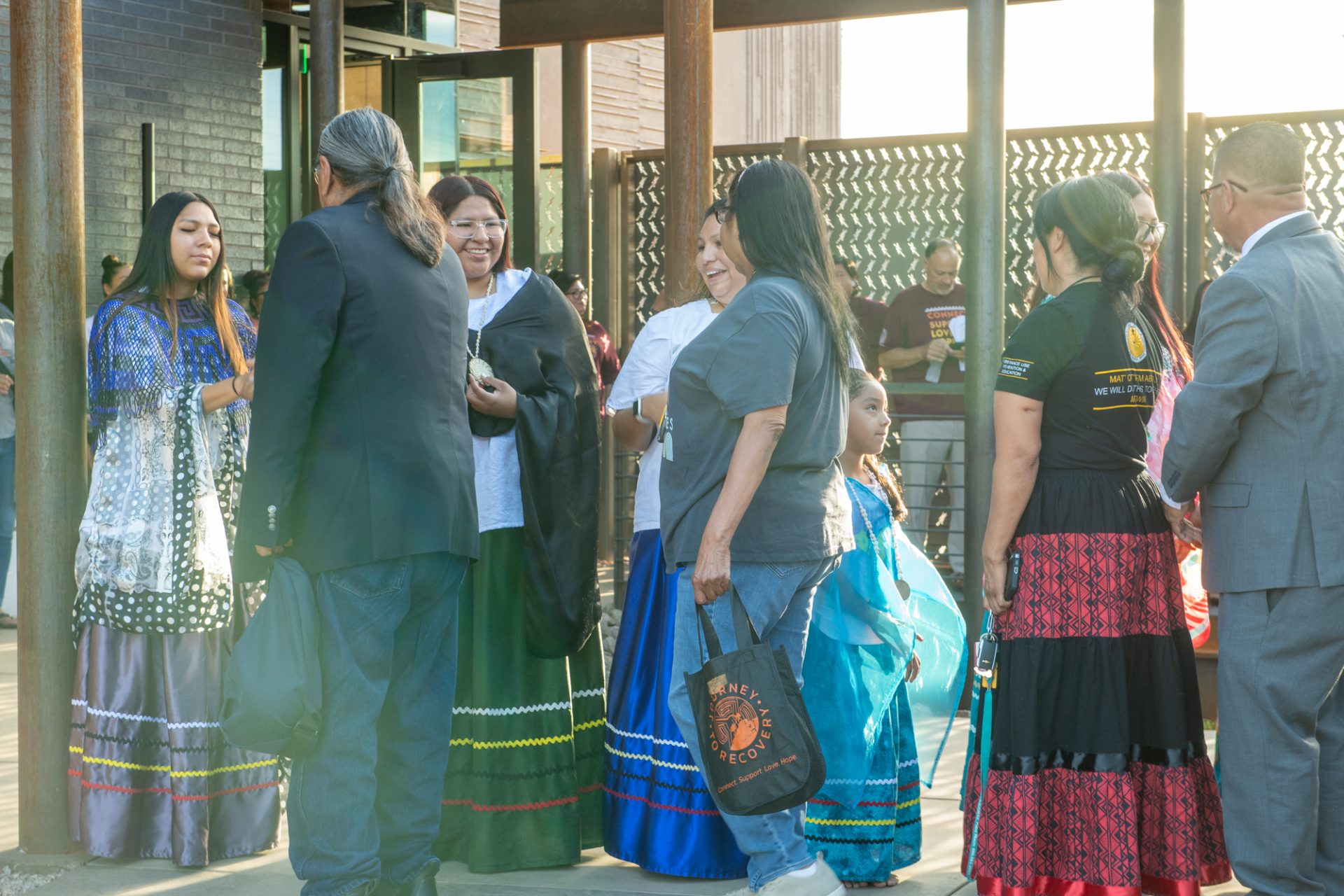
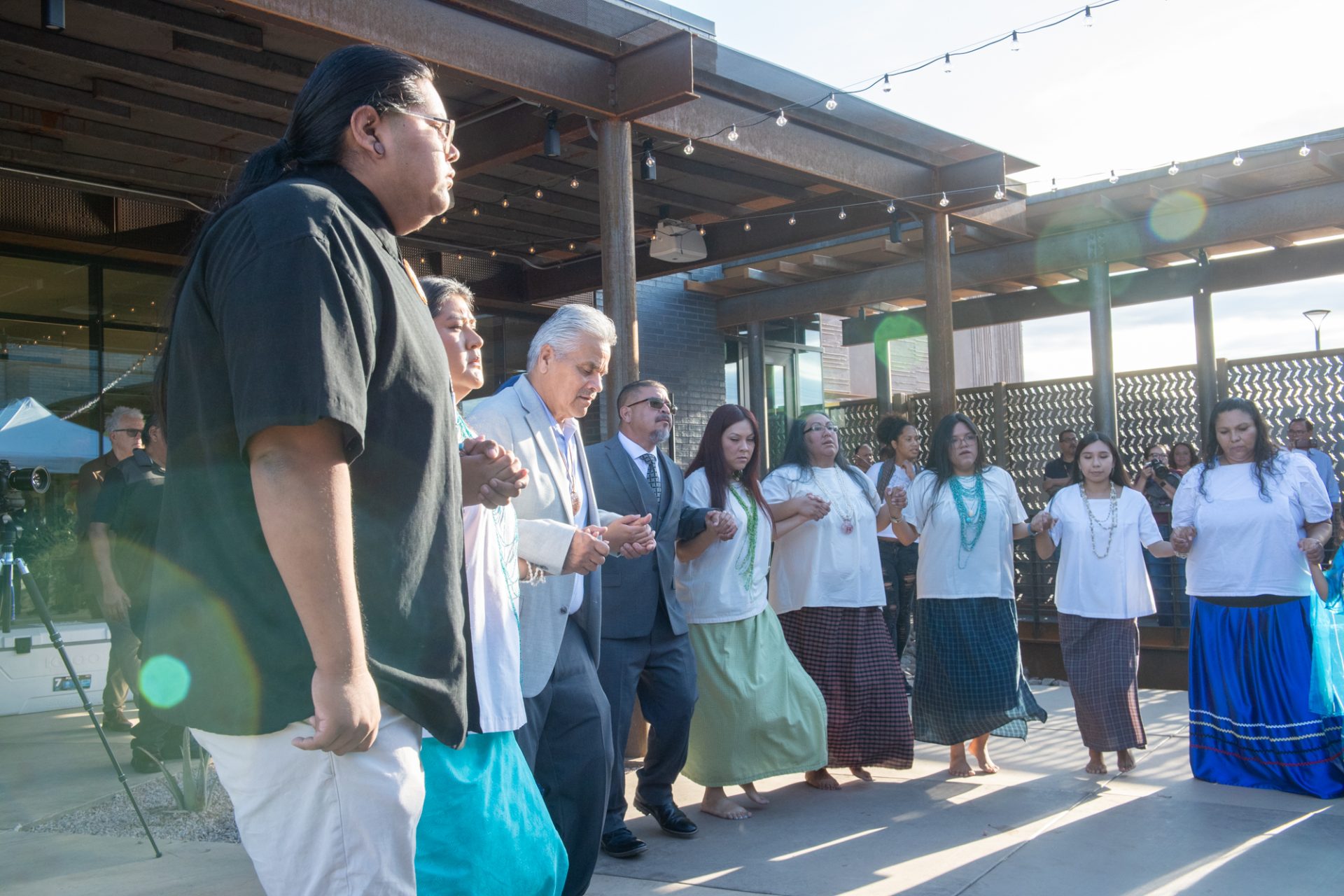
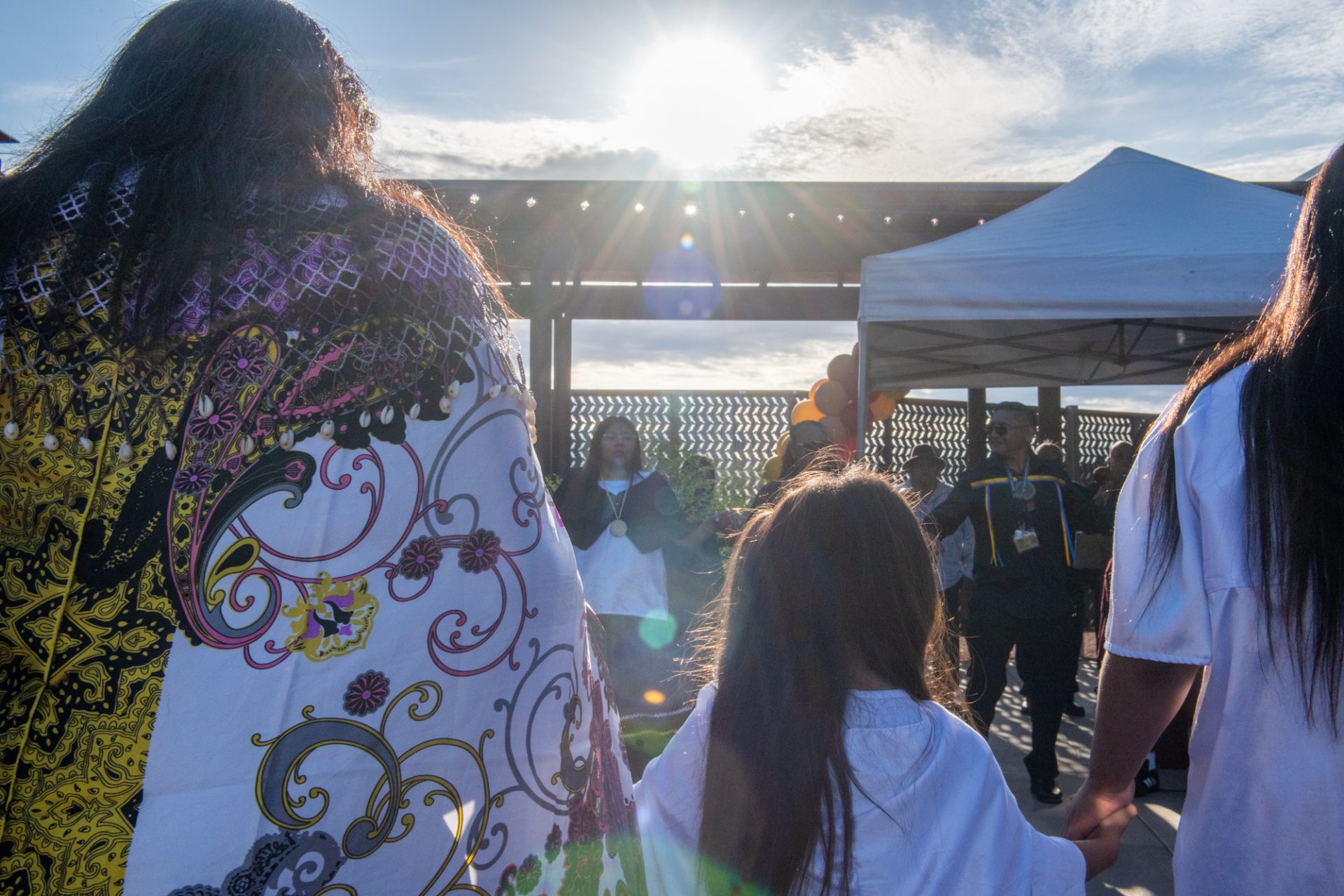
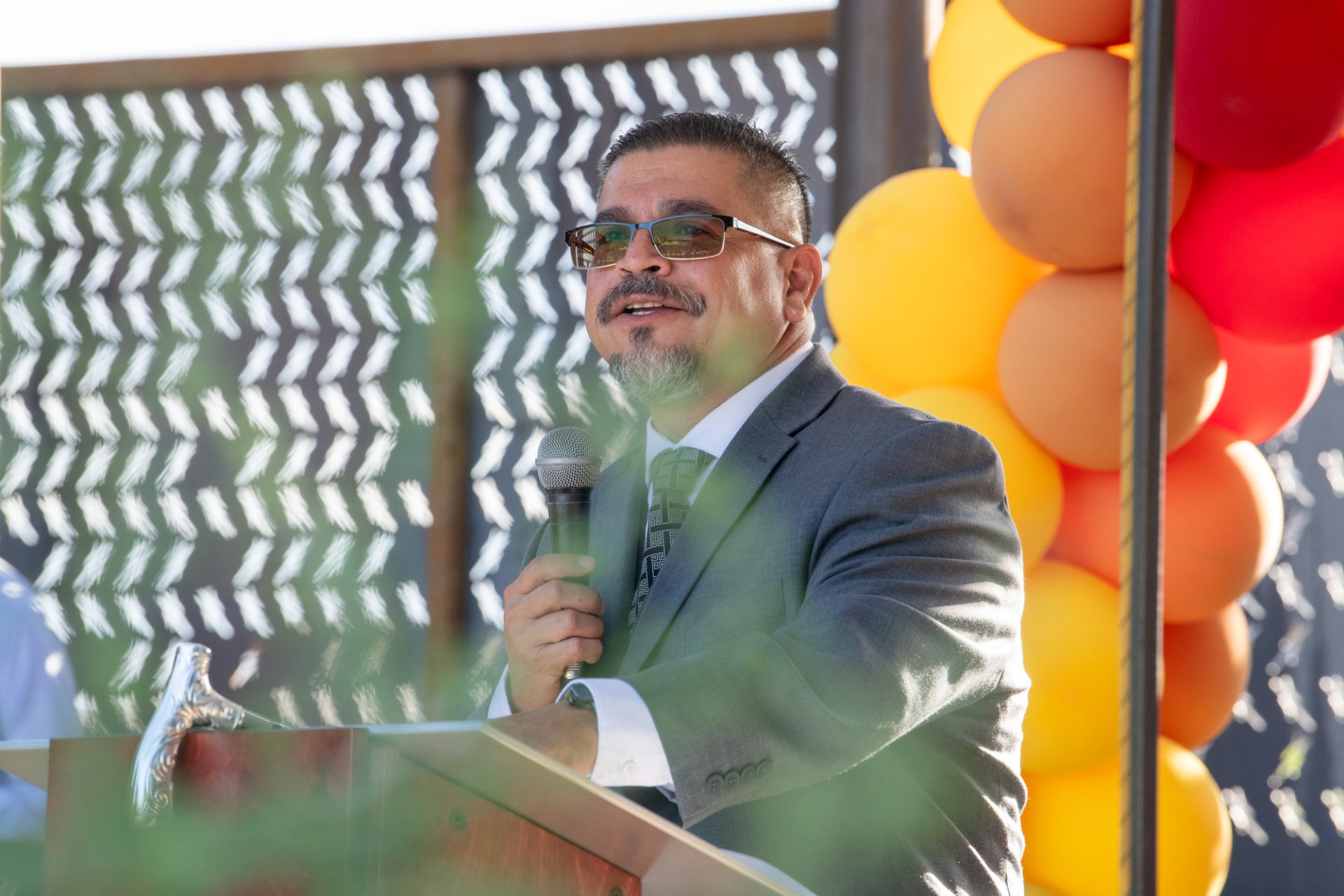
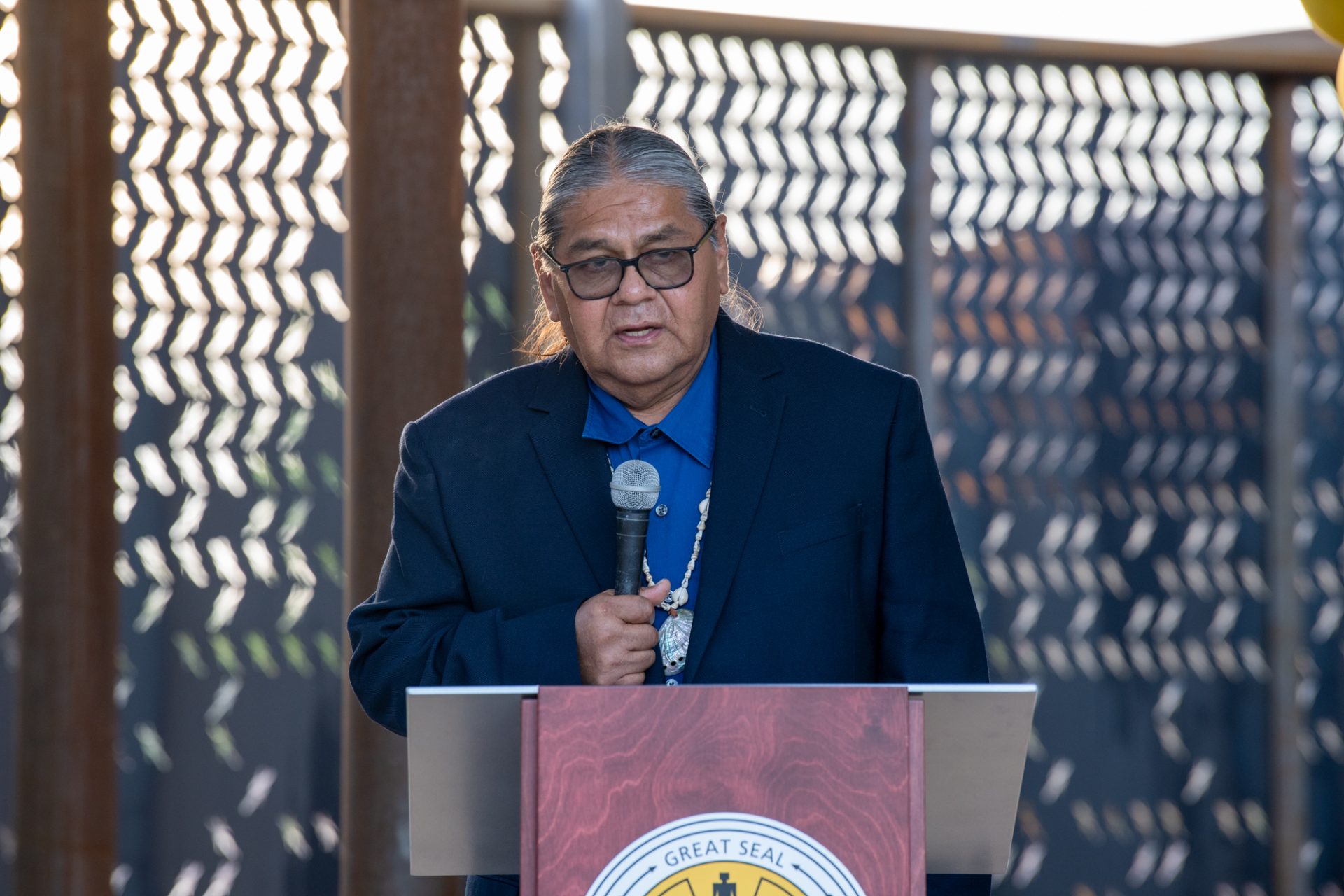
SRPMIC Vice-President Ricardo Leonard spoke next. He said that when someone is in a crisis or hurting badly, look for that place where all the birds are singing to release all the things that are bothering you. His message resonated along with the opening of the JTR facility.
Leonard invited his son, Bowie, to perform a gourd song, “Standing Toward the Mountain.” After that song, Bird Singing and Dancing by the River performed a dance with gourds. Leonard came back out later to help lead a Basket Dance. After the ceremony, attendees were invited to tour the facility.

